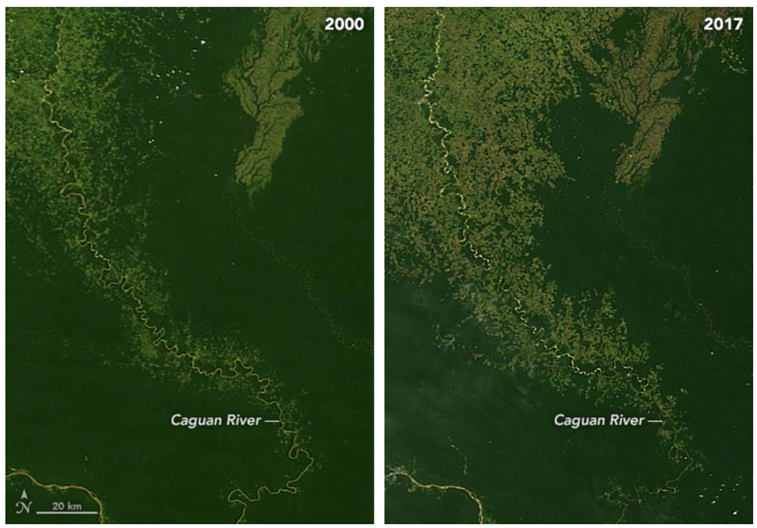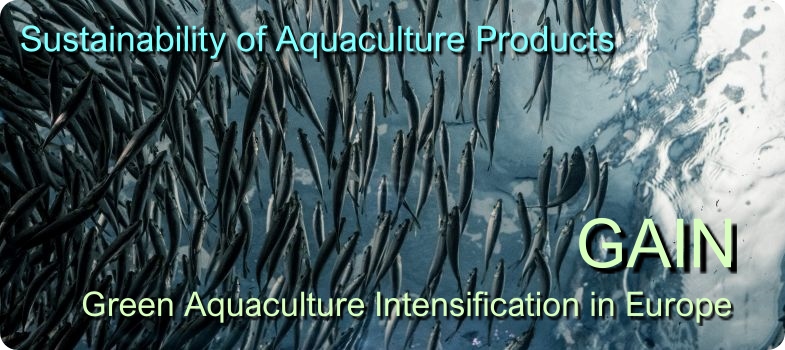Land use and land use change
Land use is the amount of land required to grow a crop or for any other terrestrial activity, measured in m2. There have been many criticisms over the expansion of agriculture into sensitive and biodiverse habitats such as rainforests, especially the deforestation of the Brazilian rainforest linked to soybean production. However, many other countries have expanded their agricultural land area too. Not only does such deforestation impact biodiversity, but it also has an effect on global warming through loss of carbon sequestration, mineralisation of organic carbon in soils, and further emissions through agricultural practices that lead to further soil degradation. It has been calculated that the amount of agricultural expansion in Brazil over a five-year period from 2008 to 2013 was equivalent to an area the size of the Republic of Ireland (Roberts et al., 2015).

Figure 2 Land use change in Brazil from 2000 to 2017 linked to soybean and cattle ranching (source: Nasa accessed 8/5/21)
Land Use Change (LUC) is a sustainability metric that is related to the change in greenhouse gas emissions due to the processes outlined above. It is therefore included as part of Global Warming Potential (Carbon footprint) measurements, rather than as actual changes in land occupation.